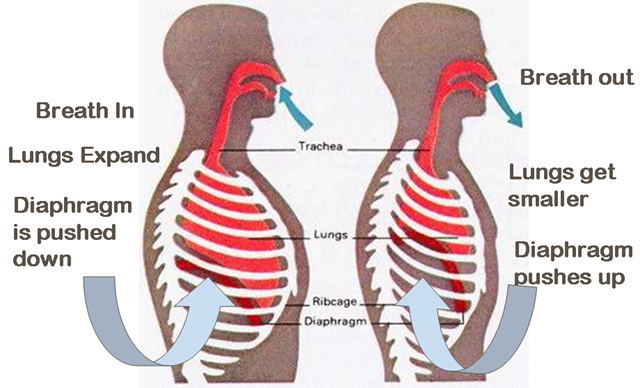Scarring
occurs when tissue becomes damaged due to injury, disease, surgery, etc. and
results from the biological process of wound repair. Scars tissue is different
from the tissue it replaces in that it is fibrous and is usually less
functional than the original tissue. Some typical scar traits include the following
characteristics:
- Becomes hard and pliable
- Skin tightens or shortens
- Becomes dry and reopens to form a wound if not managed properly
The
extent of scarring varies depending on the damage to tissue and what stage in
the process scarring is in. Immediately after a wound heals, the scar is
immature. During this period it may be painful, itchy or sensitive as nerve
endings within the tissue heal. While it is typically red in appearance, most
scars fade to normal flesh color with maturation. Then, depending on the size
and depth of the wound, scar tissue will cease production 3 to 18 months
following wound healing. When scar tissue is no longer produced, the scar is
considered mature. It is important to manage wounds properly to limit the
amount of scar tissue buildup and the long term effects of scarring. For
example, someone who has had a heart attack and may have excess scar tissue,
which can eventually cause muscular loss in the heart. Other type of scars may
overproduce collagen and cause tumorous build up or raised scar tissue. Here
are some other effects that may occur over time:
- Nerve impingement
- Pain
- Numbness
- Limited range of motion and flexibility
- Postural misalignment
- Muscle atrophy
- An increase in potential for future injury
If
you are concerned about any scars contact your doctor or dermatologist about
them.



